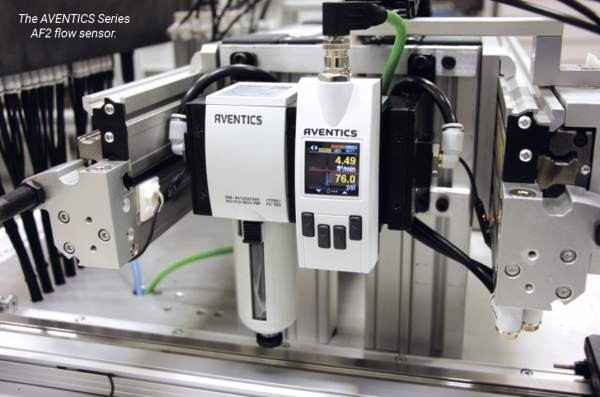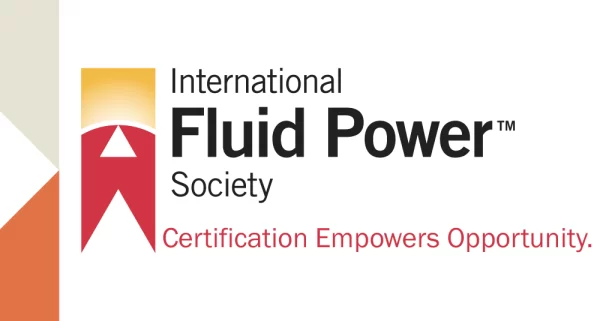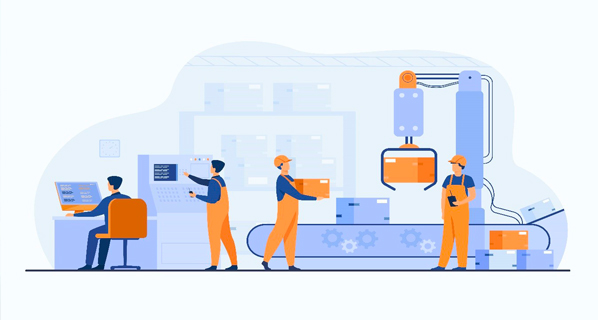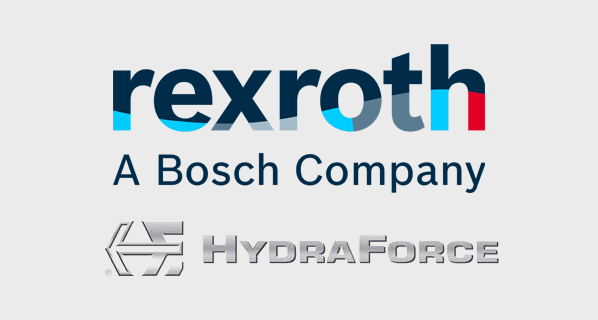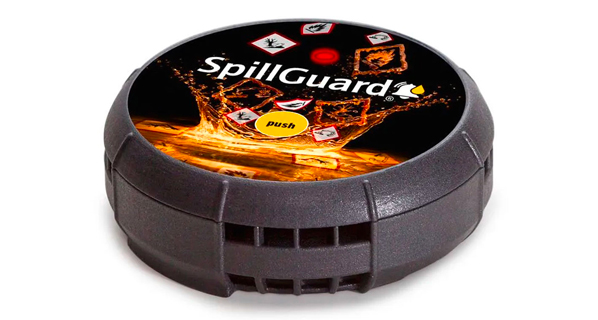Want Electric Cars? Vacuum Is Vital to Their Batteries
From Leybold
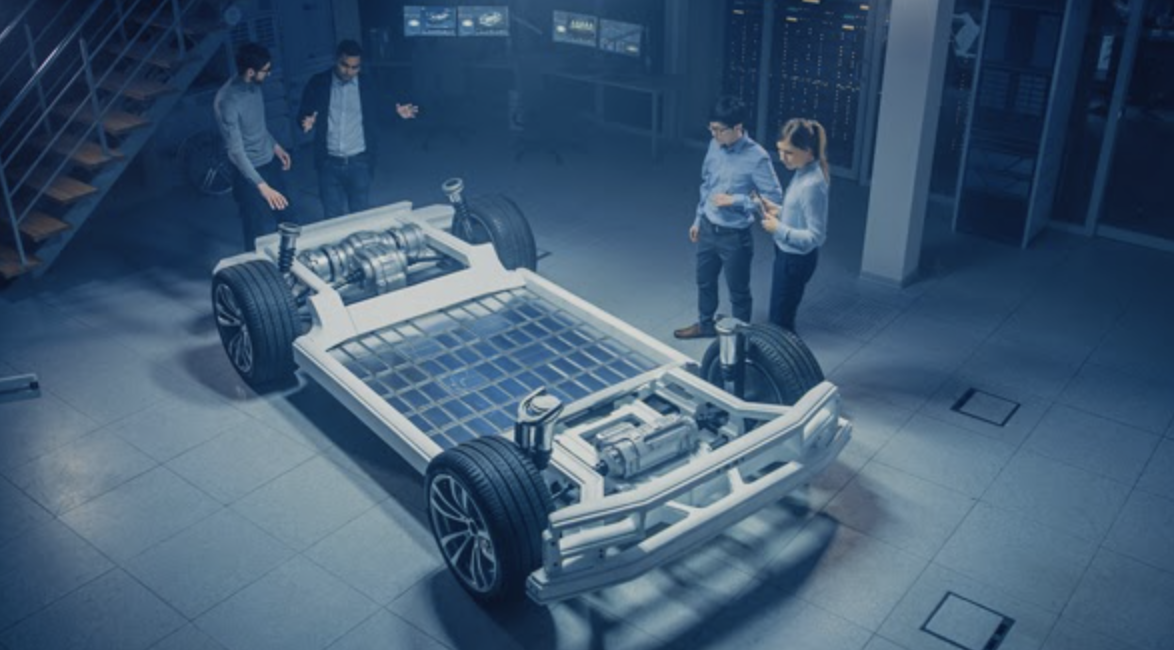
Vacuum technology is relevant to the quality and safety of various stages in the production of lithium-ion batteries. Leybold, a provider of vacuum components, accessories, and instrumentation, has been supporting manufacturers of lithium-ion batteries for many years and is heavily involved in the development of electric mobility.
Electric mobility is the latest trend in a very dynamic market environment. One of the main tasks is determining new vacuum applications and markets from new technologies and developments as early as possible. Vacuum technology enables and advances these developments. For example, the design of the vacuum environment can have a positive influence on processes. Vacuum is often used during the electrolyte-filling stage to ensure that the cell is evenly saturated with the electrolyte and to lend purity to the filling process.
Lithium-ion batteries as a vacuum application
Leybold studied developments in this area and identified opportunities for vacuum application in the manufacturing process of lithium-ion batteries. Because there was initially little information available regarding the manufacturing process of lithium-ion components, the company joined forces with Verband Deutscher Maschinen und Anlagenbau (VDMA) and the chair of production engineering of e-mobility components at RWTH Aachen University to establish a manufacturing process.
Besides lithium-ion batteries, Leybold also focuses on developments in fuel cells. Applicable vacuum processes are already emerging, including the coating of the bipolar plates under vacuum.
Vacuum technology is used in various process steps in electrode manufacture as well as in research and development. Leybold works closely with machine and plant manufacturers who supply battery manufacturers with production plants. Additionally, Leybold cooperates with battery manufacturers as well as with institutions that conduct research to further develop battery technologies.
Development increasing in Europe
The majority of production continues to take place in Asia. However, much of the research and development is shifting to Europe, making the EU, and especially Germany, more important as a research and production location.
Vacuum technology is used in battery-cell production as well as in processes such as the application of active materials to electrodes.
“In general, air is a disturbing factor in many production environments,” said Sina Forster, business development manager at Leybold GmbH in Germany. “Millions of particles and gas molecules have a negative influence on this production step, sometimes even making it impossible. When mixing the slurry, particles and air bubbles must be avoided in order to achieve a high-quality product. Most mixers, therefore, work under vacuum.”
Vacuum improves processes
Vacuum is also essential during the drying stage to remove even the smallest remaining amounts of solvents and moisture. Without vacuum, the drying process would need to be carried out at much higher temperatures and would last much longer. This would have a negative effect on the electrode quality. As soon as electrolytes are incorporated into subsequent process steps, vacuum takes on a safety aspect, since many of the electrolytes used are highly reactive and inflammable. High-quality vacuum is essential here. On the one hand, it lends purity to the process so that no particles or moisture can enter the cell during electrolyte filling and degassing. On the other hand, it provides a low-reaction environment without oxygen or humidity with which the electrolyte could react.
“The greatest challenge always lies in the gas mixture being pumped. In principle, everything that’s pumped and processed is also transported by the vacuum pump. In battery production, this affects the solvents and electrolytes which tend to be toxic and can damage the pumps and possibly the pump oil,” Forster said. “But very warm ambient temperatures and high humidity are, generally speaking, also circumstances that present us with challenges.”
This is where battery manufacturers can help, either by ensuring the correct cooling of the pump or by using condensers.
High-quality drying under vacuum
Opportunities for improvement exist in many areas, as there are still no established processes that have proven to be efficient. Vacuum drying, for example, is a customer-specific process of pressure, temperature, and process gases (such as nitrogen). To achieve high-quality drying results through the aid of vacuum drying, industry-related research projects are already being conducted under the direction of VDMA.
Leak detection also plays a central role in production from a safety perspective. The cell must be 100% leak-proof to ensure a long battery life. A valid leak test can only be performed via a vacuum-leak-detection system. Even the smallest leaks can be detected with the aid of a helium leak detector or mass spectrometer. On the other hand, undetected leaks greatly shorten the battery’s service life or lead to highly-reactive electrolytes escaping.
Some components of lithium-ion batteries that are treated in a vacuum are toxic. To protect the environment and the vacuum technology from pollutants, the vacuum pump must be able to withstand these gases. Additionally, the toxic materials must be confined within the process and discharged in a correspondingly safe manner.
Dry pumps
For these toxic gases, dry-running vacuum pumps are used. Oil-sealed vacuum pumps tend to be unsuitable for these applications, as the pump oil could be damaged or contaminated by the gases. Using dry-compressing pumps, battery manufacturers save time and money since they would otherwise need to change the pump oil frequently.

Leybold’s Varodry dry-compressing pump eliminates frequent pump-oil changes.
“Oil-sealed vacuum pumps have increasingly been used in the process of electrolyte filling and degassing, which we are now replacing with dry-running vacuum pumps for many of our customers,” Forster said.
To ensure sufficient process reliability when handling toxic gases, hermetically sealed pumps are used, which prevent even the smallest quantities of gas from escaping. This is an important factor, especially in the case of toxic electrolytes, where occupational safety is also important.
Vacuum technology thus plays an important role in drying, electrolyte filling, and degassing.
But upstream process steps, such as mixing with vacuum mixers, stacking with vacuum grippers, and downstream process steps, such as packaging, are also handled more quickly and reliably with vacuum technology.
In the future, the influence of a pure vacuum environment and specifications can be even better determined. With the development of individually marked electrode sheets that can be traced through the entire production process using lasered QR codes, the influence of individual process parameters on battery quality can be accurately traced.
Handling toxic electrolytes
Vacuum technology also plays an important role in terms of safety during battery production and use. For example, the safe handling of toxic electrolytes in the future will continue to be possible only under vacuum conditions. Driving electric cars, we trust in the quality of the battery, which can best be tested and guaranteed under vacuum.
It must be said, however, that processes under vacuum always require more energy than those under atmospheric pressure. However, enormous progress has been made in recent years toward energy-efficient pumps, and today we use highly economical vacuum pumps in battery production.

